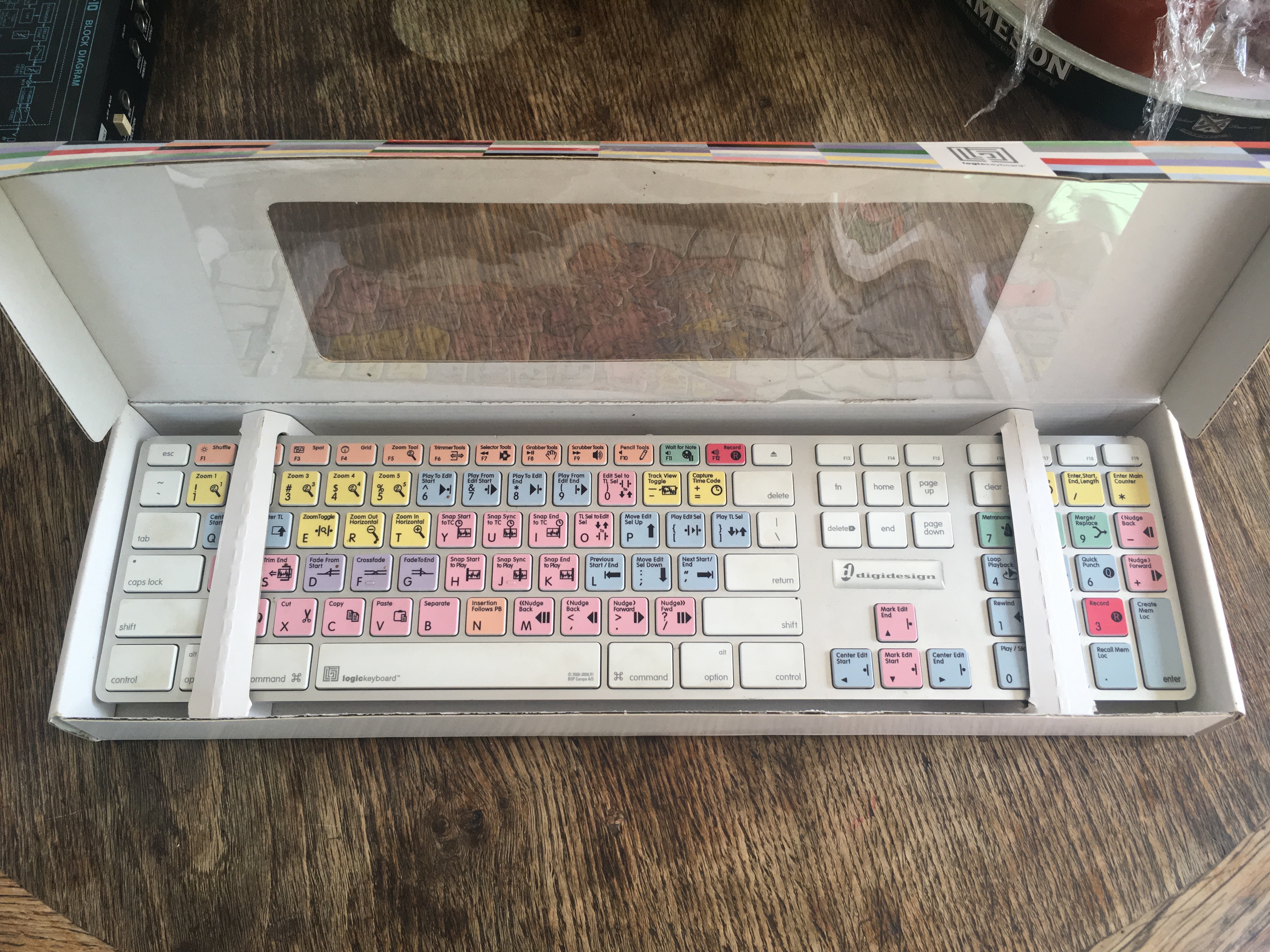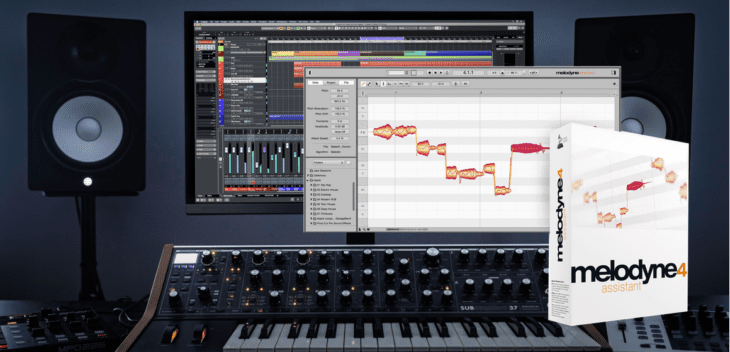

But, I truly think in the non-pro installation area, Cubase has a HUGE footprint comparitively. Each one will get manure from point A to point BĪs far as "industry standard." well, PT just has a huge footprint there. Just as one user will fly through MIDI edits using the piano roll editor in Nuendo, I will also do so in PT, just as fast. If there is, it is most likely one of those minor things, and I (and numerous others) have found workarounds, or simply have no use for that feature.įor instance: Many people prefer having a seperate window open for their MIDI piano roll editor.

#Cubase nuendo pro
Sessions can be moved between all of these by an experienced user.įor an experienced Pro Tools user.well, there isnt anything you will do with Cubase or Nuendo that I (we?) cannot do with PT. Therefore, if one enables you to work without thinking, while another causes you major migraines, then it is pretty obvious which to go with. There are a few minor features they have that Pro Tools doesn't, and there are some PT has they don't. These highclass plug-ins are running natively on all supported plattforms and offer all features needed for nearly every use case of sound design and mixing in the daily studio routine.Pro Tools has one type of work enviornment. The new VST 3 plug-ins can be identified by a three cursive lines symbol in front of the plug-in name.
#Cubase nuendo update
To make you aware of which plug-ins need the VST Bridge they will be marked with a symbol in front of their names:Įither there is a plug-in update for your platform available from the respective manufacturer or you try the opportunity to replace bridged plug-ins by the native VST 3 plug-ins included with Cubase and Nuendo, where applicable. As an alternative you could create audio exports of affected tracks. Nevertheless, plug-ins used through the VST Bridge should be replaced as soon as possible. Please keep in mind that all 32-Bit plug-ins used via the VST Bridge still have to share a maximum of 4 GB RAM - the 32-Bit limit remains regardless of the overall installed and available system memory. Your Cubase/Nuendo projects can be opened without missing plug-ins (if installed) on your new system to the greatest possible extent. It offers the possibility to switch from a PowerPC-based Apple Macintosh computer to an Intel-based model, respectively to switch from a 32-Bit PC Windows system to a pure 64-Bit environment. The VST Bridge is meant as a transitional aid The VST Bridge runs as a separate process in the system and is not part of the host application process. However, even if a plug-in used through the VST Bridge crashes and potentially crashes the VST Bridge itself, the host application remains unaffected. Consequently, the usage of "bridged" plug-ins can result in higher CPU load and the plug-in user interface may react slowly.įollowing the VST (2.4) specifications is very important for bridged plug-ins. A plug-in which runs through the VST Bridge cannot be executed as efficiently as a version available in native program code.

There are no additional latencies introduced but the computer needs resources for the translation. You can imagine the VST Bridge as a kind of simultaneous translator for program code. In later Cubase/Nuendo versions, 32-bit plug-ins can only be loaded using unsupported 3rd party solutions like JBridge. Please note that Cubase 8.5 and Nuendo 7 are the last versions that include the VST Bridge.
#Cubase nuendo code
In both cases the VST Bridge enables compatible Cubase/Nuendo versions to execute program code not natively available for the used platform.
#Cubase nuendo software
The VST Bridge is a software interface in Cubase 4 to Cubase 8.5 resp.


 0 kommentar(er)
0 kommentar(er)
